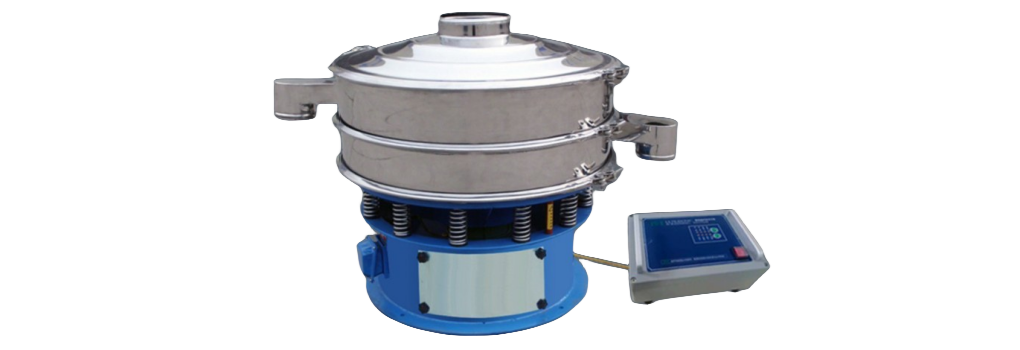The ultrasonic vibrating sieving system is a practical solution for mesh clogging, widely used in industries like pharmaceuticals, metallurgy, chemical engineering, ore dressing, and food. It ensures high screening precision, a non-clogging mesh, and effectively addresses screening challenges from agglomeration, static electricity, and strong adsorption.

For high-speed, unclogged screening, conventional methods use vibration and oscillation. Ultrasonic sieving goes further by uniformly transmitting oscillating force to the micrometer-range mesh, reducing friction and minimizing clogging. It significantly improves single-pass sieving rate and overall efficiency, ensuring long-term non-clogging during the screening process. Depending on material particle structures, it enhances production efficiency and prolongs sieve mesh service life. The ultrasonic sieving system, used for micrometer-range screening, increases material permeability below 100 micrometers.
The working principle involves transforming 220V, 50Hz, or 110V, 60Hz electrical energy into 18KHz high-frequency electrical energy. This is input into an ultrasonic transducer, converting it into an 18KHz mechanical vibration for efficient screening and mesh cleaning. The system introduces a low-amplitude, high-frequency ultrasonic vibration wave onto the sieve mesh, superimposing a high-frequency, low-amplitude ultrasonic vibration wave. Fine powder receives significant ultrasonic acceleration, keeping it in a suspended state, inhibiting factors like adhesion, friction, settling, and wedging that lead to mesh clogging.